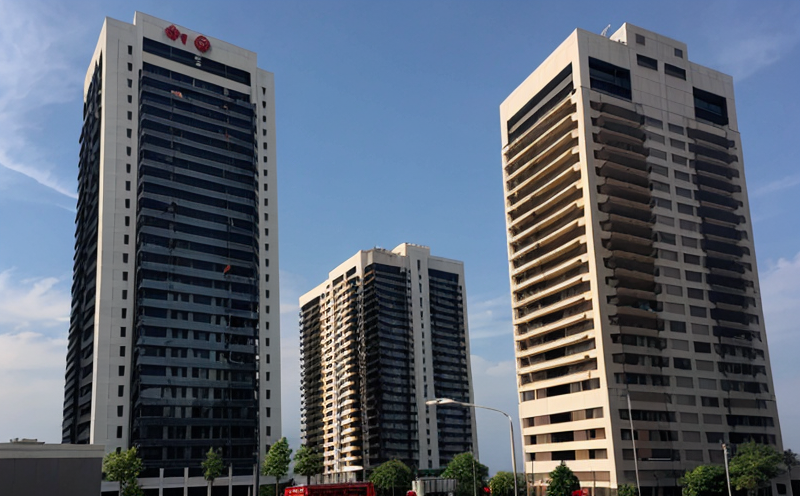
-
Fire Safety and Prevention Standards-
Fire Prevention Systems-
Implementing Fire Safety Measures in High-Rise Buildings
We provide comprehensive solutions designed to help our clients mitigate risks, enhance performance, and excel in key areas such as quality, health & safety, environmental sustainability, and social responsibility.
Discover
For many years, our organization has been operating successfully, boasting modern laboratories that meet international standards. These laboratories are equipped with the latest technology devices and equipment, and we have built a strong team of experienced and trained personnel to operate them.
DiscoverWelcome to Eurolab, your partner in pioneering solutions that encompass every facet of life. We are committed to delivering comprehensive Assurance, Testing, Inspection, and Certification services, empowering our global clientele with the ultimate confidence in their products and processes.
Discover
-
Fire Safety and Prevention Standards-
Fire Prevention Systems-
Implementing Fire Safety Measures in High-Rise BuildingsImplementing Fire Safety Measures in High-Rise Buildings: A Comprehensive Guide
High-rise buildings pose a significant risk to occupants and responders in the event of a fire due to their height and complexity. Ensuring the safety of people in these structures requires careful planning, thorough design, and meticulous implementation of fire safety measures. In this article, we will discuss the importance of fire safety in high-rise buildings, key elements of fire safety systems, and essential measures for effective implementation.
Importance of Fire Safety in High-Rise Buildings
High-rise buildings are inherently more vulnerable to fires due to their height, which can hinder escape routes and impede rescue efforts. The consequences of a fire in a high-rise building can be catastrophic, resulting in loss of life, property damage, and significant economic costs. Some of the key factors that contribute to the risk of fires in high-rise buildings include:
Smoke detectors: Sensitive devices that detect changes in air temperature, smoke particles, or light transmission.
Heat detectors: Devices that respond to increases in ambient temperature or radiant heat.
Gas detectors: Sensors that monitor levels of flammable gases or oxygen depletion.
Fire suppression systems: Mechanisms designed to extinguish fires promptly and efficiently.
Clean agents: Gases used to displace oxygen and cool equipment without damaging electronic components.
Wet chemical systems: Agents that smother flames while cooling surfaces.
Stairwells: Well-ventilated corridors designed for safe evacuation, often with automatic sprinkler systems.
Fire-resistive doors: Specialized doors that can withstand high temperatures and maintain integrity in fire conditions.
Exit signs and lighting: Clear direction and illumination to aid occupants during evacuations.
Implementation of Fire Safety Measures
To ensure the effective implementation of fire safety measures, building owners, developers, and managers must adhere to strict guidelines:
Fire-resistive materials: Specify materials with inherent fire-resistant properties for structural components, cladding, and insulation.
Regular maintenance: Schedule routine inspections and upkeep of all fire safety equipment to prevent malfunction or failure.
Staff training: Educate occupants on emergency procedures, including evacuation routes and use of fire alarms.
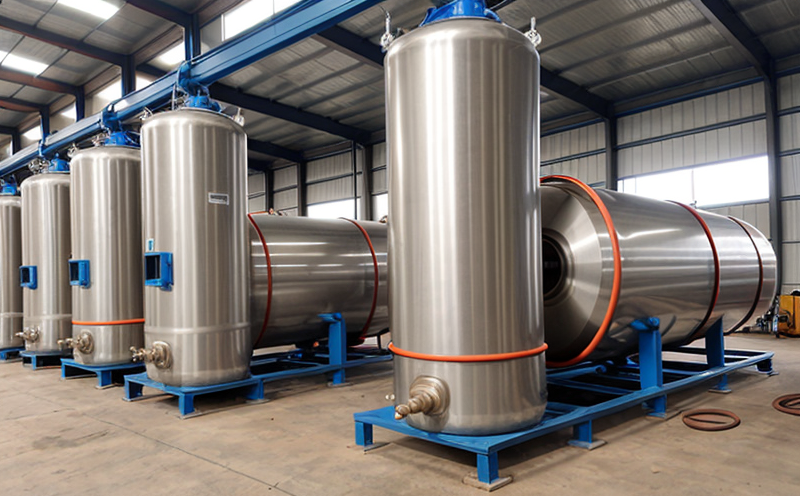
Pressure Vessels and Installations Testing
Pressure Vessels and Installations Testing Pressure vessels are a critical component of various ind...

Product and Retail Standards
Product and Retail Standards: Ensuring Quality and Safety for Consumers In todays competitive marke...

Hospitality and Tourism Certification
Hospitality and Tourism Certification: Unlocking Opportunities in the Industry The hospitality and ...
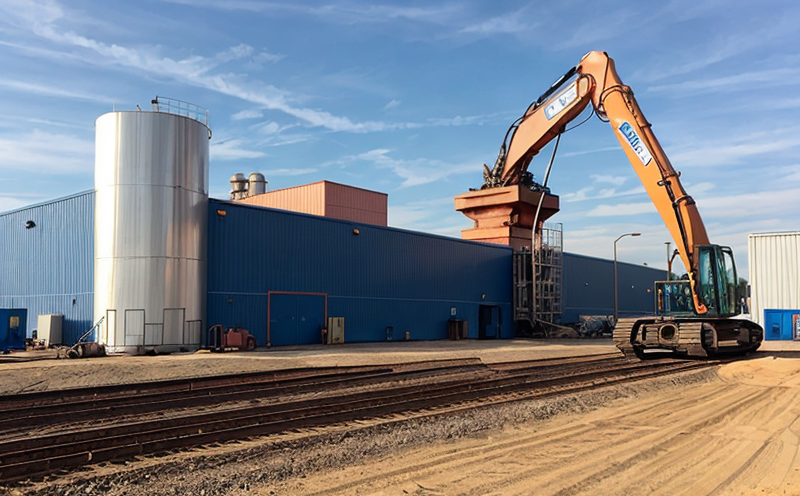
Industrial Equipment Certification
Industrial equipment certification is a critical process that ensures industrial equipment meets spe...
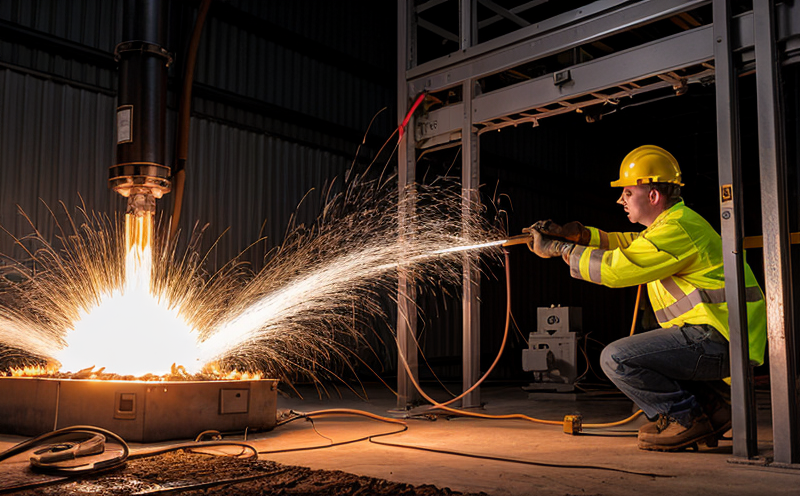
Electromechanical Safety Certification
Electromechanical Safety Certification: Ensuring Compliance and Protecting Lives In todays intercon...

Fire Safety and Prevention Standards
Fire Safety and Prevention Standards: Protecting Lives and Property Fire safety and prevention stan...
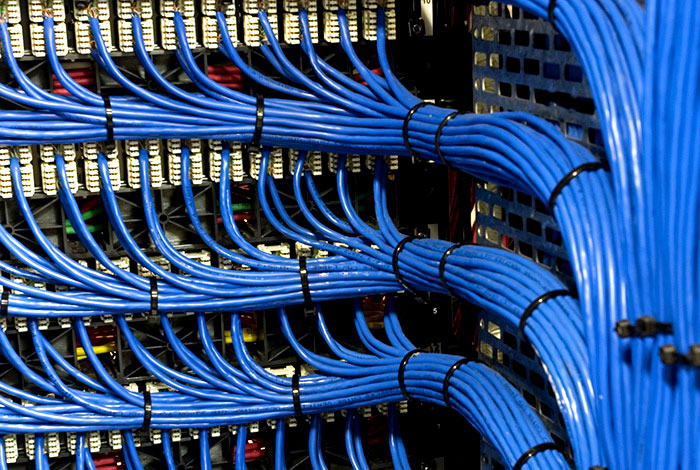
NEBS and Telecommunication Standards
Network Equipment Building System (NEBS) and Telecommunication Standards The Network Equipment Bu...

Trade and Government Regulations
Trade and government regulations play a vital role in shaping the global economy. These regulations ...
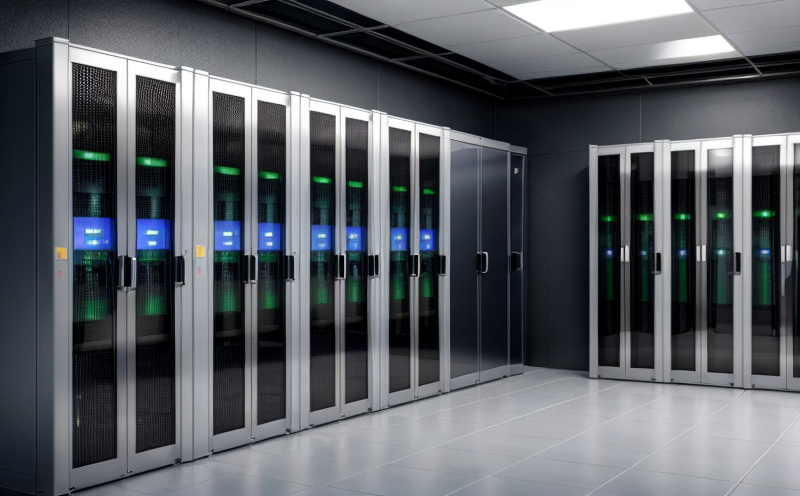
IT and Data Center Certification
IT and Data Center Certification: Understanding the Importance and Benefits The field of Informatio...

Railway Industry Compliance
Railway Industry Compliance: Ensuring Safety and Efficiency The railway industry is a critical comp...

Food Safety and Testing
Food Safety and Testing: Ensuring the Quality of Our Food As consumers, we expect our food to be sa...
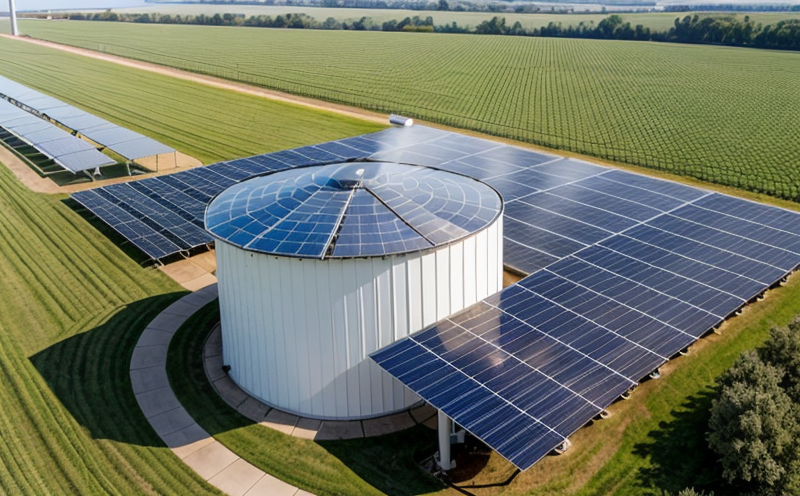
Renewable Energy Testing and Standards
Renewable Energy Testing and Standards: Ensuring a Sustainable Future The world is rapidly transiti...
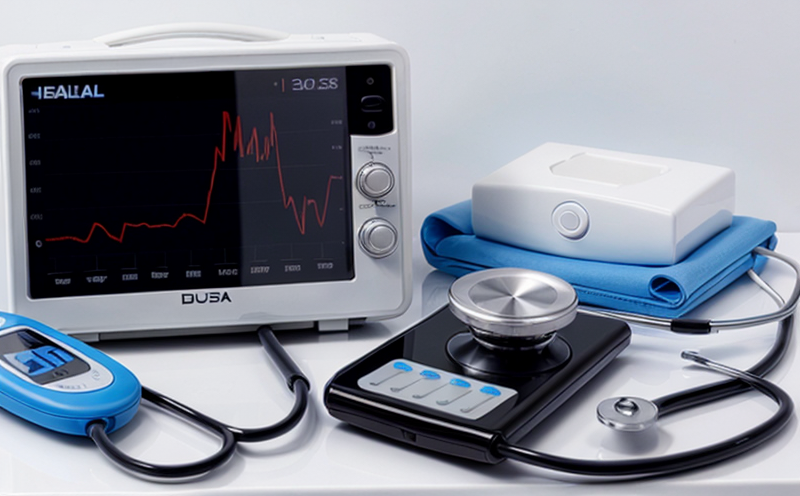
Healthcare and Medical Devices
The Evolution of Healthcare and Medical Devices: Trends, Innovations, and Challenges The healthcare...
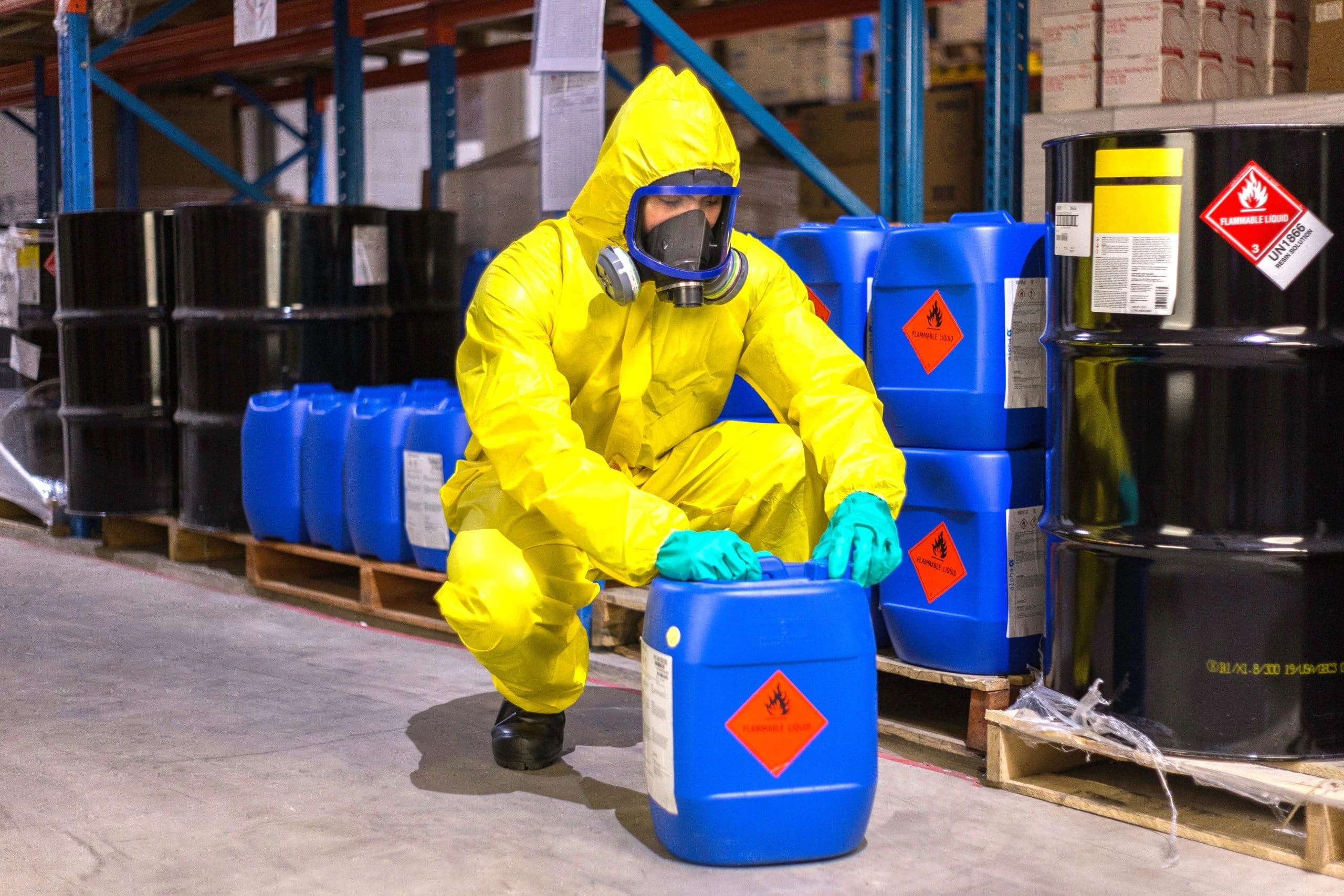
Chemical Safety and Certification
Chemical safety and certification are critical in ensuring the safe management of products and proce...
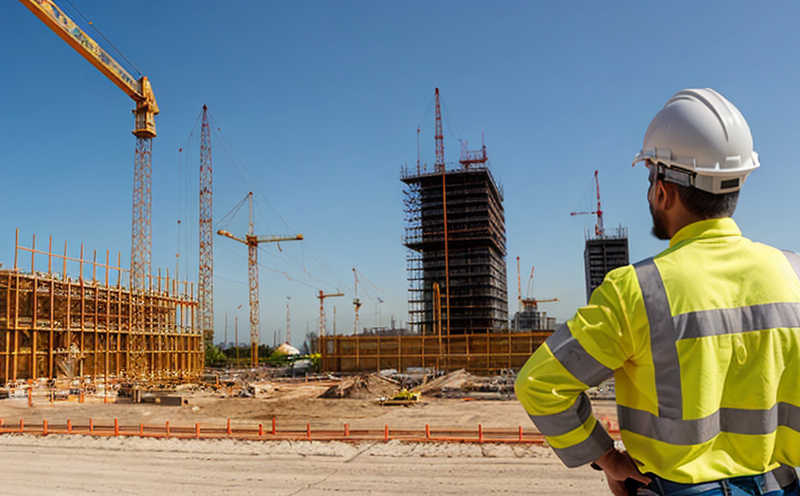
Construction and Engineering Compliance
Construction and Engineering Compliance: Ensuring Safety, Quality, and Regulatory Adherence In the ...

Environmental Simulation Testing
Environmental Simulation Testing: A Comprehensive Guide In todays world, where technology is rapidl...

Consumer Product Safety
Consumer Product Safety: Protecting Consumers from Harmful Products As a consumer, you have the rig...

Cosmetic Product Testing
The Complex World of Cosmetic Product Testing The cosmetics industry is a multi-billion-dollar ma...

Energy and Sustainability Standards
In today’s rapidly evolving world, businesses face increasing pressure to meet global energy a...

Transportation and Logistics Certification
Transportation and Logistics Certification: A Comprehensive Guide The transportation and logistics ...

Agricultural Equipment Certification
Agricultural equipment certification is a process that ensures agricultural machinery meets specific...

Pharmaceutical Compliance
Pharmaceutical compliance refers to the adherence of pharmaceutical companies and organizations to l...
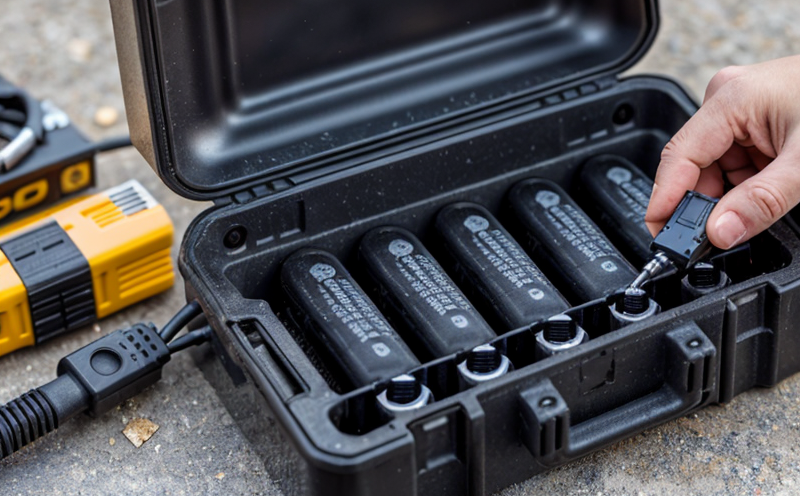
Battery Testing and Safety
Battery Testing and Safety: A Comprehensive Guide As technology continues to advance, battery-power...

Aviation and Aerospace Testing
Aviation and Aerospace Testing: Ensuring Safety and Efficiency The aviation and aerospace industr...
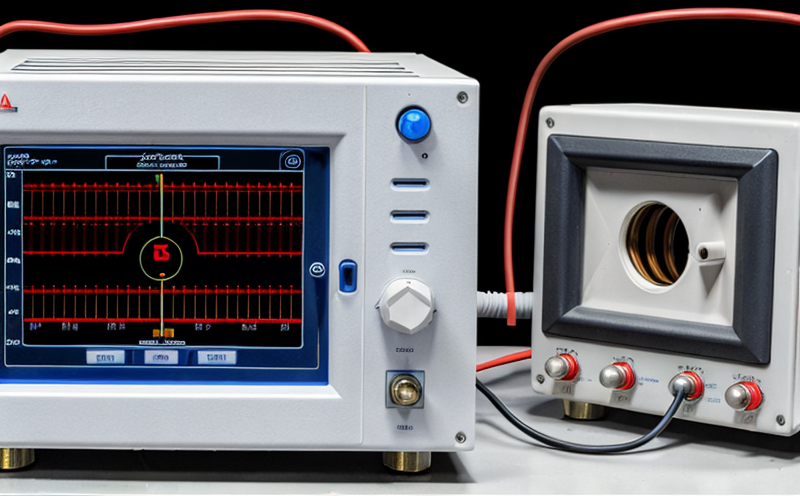
Electrical and Electromagnetic Testing
Electrical and Electromagnetic Testing: A Comprehensive Guide Introduction Electrical and electrom...

Automotive Compliance and Certification
Automotive Compliance and Certification: Ensuring Safety and Efficiency The automotive industry is ...

Military Equipment Standards
Military Equipment Standards: Ensuring Effectiveness and Safety The use of military equipment is a ...

Lighting and Optical Device Testing
Lighting and Optical Device Testing: Ensuring Performance and Safety Lighting and optical devices a...
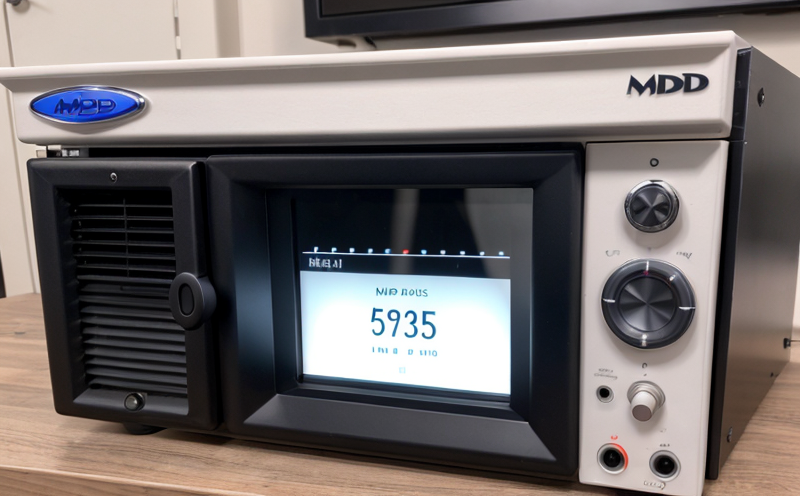
MDR Testing and Compliance
MDR Testing and Compliance: A Comprehensive Guide The Medical Device Regulation (MDR) is a comprehe...

Environmental Impact Assessment
Environmental Impact Assessment: A Comprehensive Guide Environmental Impact Assessment (EIA) is a c...